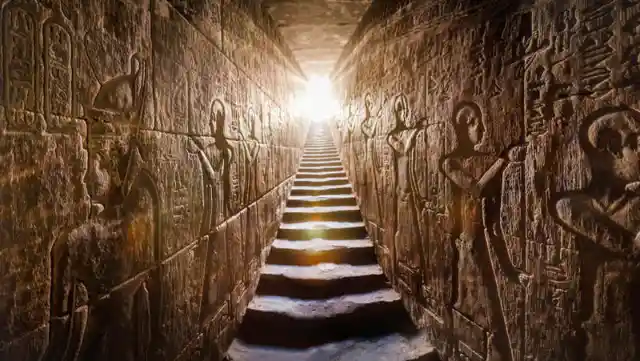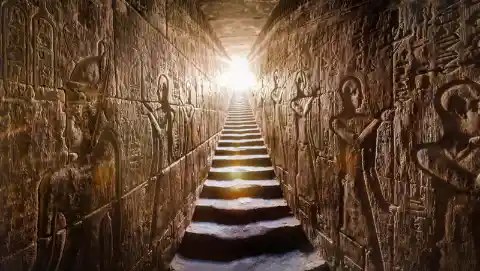

As one of the most opulent of the ancient empires, Ancient Egypt is a place that contains a huge history. It’s a place that is revered by most historians, seen as a truly unique blend of special experiences that took place over a long part of human history. However, one thing to note about the era is that many discoveries that are found all this time later are often in pristine condition. One recent discovery, though, was seen as extra-shocking; the finding of an ancient skeleton that came with a golden tongue!
The find was made by archaeology teams who were digging around for the Egyptian Ministry of Antiquities. They found that the golden-tongued body was buried in with 15 other skeletal remains in the Taposiris Magna, West Alexandria. The findings were believed to have gone back to the days of Greek and Roman rule over the region.
The amulet, though, is not believed to be an actual tongue – instead, it is believed to be a unique amulet that was placed during the burial ritual. This was believed to allow someone to be able to speak within the afterlife when they are hauled in front of the Court of Osiris. It was, though, seen as an extremely rare process and as such very few records exist confirming the practice was a common part of the culture then.
This, alongside various other tricks, has been used in Ancient Egypt to try and send someone off to the afterlife in the best possible form to cope with what comes next.
What else was found?
Alongside the gorgeous golden-tongued amulet, another finding that was hugely impressive was a funereal mask. It is believed to have been carved to try and match the features and attributes of the person who wore the mask. It was also marked with various little accurate details to try and make sure it was clear this mask was made one-of-a-kind for the buried person.
While we are likely to never know who these people were, it shows the immense level of thinking that went into burial rituals back in the day. Especially in the modern era, where we have grown used to quickfire funerals that do not really remark upon the life of the deceased, such rituals show us that, in the past, death was given as much of a marking as the arrival of new life.